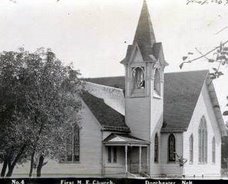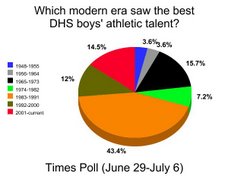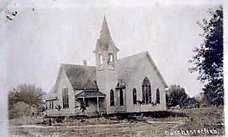We pose a simple question: "Can small towns be a cool place to live in this day and age?"
According Dave Ivan of Michigan State University Extension, small towns can be cool -- if they are willing to follow some common success themes. Ivan says those themes are:
1. Encourage strong engagement between citizens, community organizations, and local government. For example, in St. Joseph, Mich., city leaders hold neighborhood town-hall gatherings in backyards all across the community. They also produce a unified community calendar and hand deliver it to residents. Coopersville, Mich., uses its town entry sign to salute a different non-profit, business person, and teacher each quarter.
2. Encourage local entrepreneurial investment. In New Carlisle, Indiana, Bill Owens expanded a floral shop into gifts, a furniture store, and transformed the community into a regional destination. This can also be a community initiative. In Ord, Neb., they developed a wealth transfer plan to strategically fund their community economic development initiatives. By asking people to give 5% of their estate back to the community, they now have $8.5 million in hand or in pledges.
3. Embrace change. This may be the hardest part for many small towns. New opportunities may require changes in all sorts of local laws, including zoning or change of leadership.
4. Actively pursue cultural elements to economic development. Consider the community of Wilber and the job that community does with Czech Days? Thousands of people from miles around descend on that town every August. It can work.
5. Reach out to community youth. It's simple -- the young people of today are the future of our community. Let's get them more involved in event planning and organizations and our business community. One idea employed by a small town in Michigan was to ask high school students to take pictures of what they like and dislike about the town, and have them present it at a future meeting. We adults need to see the world through younger eyes, too.
7. Retaining youth and attracting families. Create economic choices that are appealing to youth. Ord, Neb., for example, has a youth entrepreneurship program starting in grade schools. Another Nebraska town gave graduating high school seniors a mailbox with their name on it and a note that read: "We will always going to be your hometown. Go out, explore, learn, but come back home."
8. Know that in the long run, you may have to do the work yourself. Cool small towns cannot afford to wait for an outside savior. Argonia, Kan., lost their grocery store. But they built a community convenience and grocery store. They are now building spec houses to sell at cost to new families. And if you enroll kids in the school, Argonia will even cover your closing costs.
Ivan says these are the keys to strong leadership and cool small towns. Most importantly, he advises to stand up to the CAVE people (Citizens Against Virtually Everything).




































































